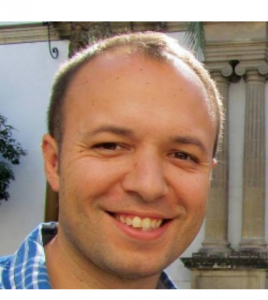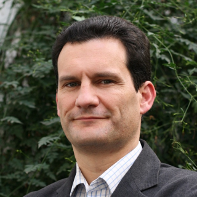
 PI1: Fernando Muro
PI1: Fernando Muro
Abstract: Problems in low-dimensional topology, traditionally linked to group theory, are being currently treated by means of homological methods. In upper dimensions the use of higher categories has led to solutions of long-standing open problems. Higher homotopical structures are being used in such diverse topics as quantum field theories and number theory. Their recent spreading has triggered the emergence of many distinct models, whose equivalence needs to be proved. Their relationship with classical tools like triangulated categories still contains unclear points that we aim to unravel by constructing moduli spaces and studying their invariants. We will need to develop new obstruction theories that are computable and able to capture the complexity of the given structures. We will take profit of our expertise in topology and algebra in order to develop algorithms for Artin groups and Garside groups, that we intend to apply to cryptography. It is also our goal to develop powerful homological tools allowing us to progress into the knowledge of knots. In mathematics it is a common procedure to try to solve problems by isolating their local components and assembling afterwards the results of the local study. In topology this is undertaken by means of techniques that show suggestive parallelisms with similar tools in algebra. We aim to study localizations and their duals in all the above contexts, particularly for groups and in categories of algebras over operads.
Implied entities: Universities of Seville and Barcelona
iMAT research line: ⊕ RL11. Algebra, Geometry and Topology
Researchers:
Pedro María González Manchón
Ramón Jesús Flores Díaz
Marithania Silvero Casanova

